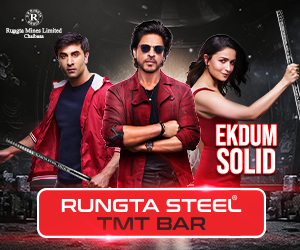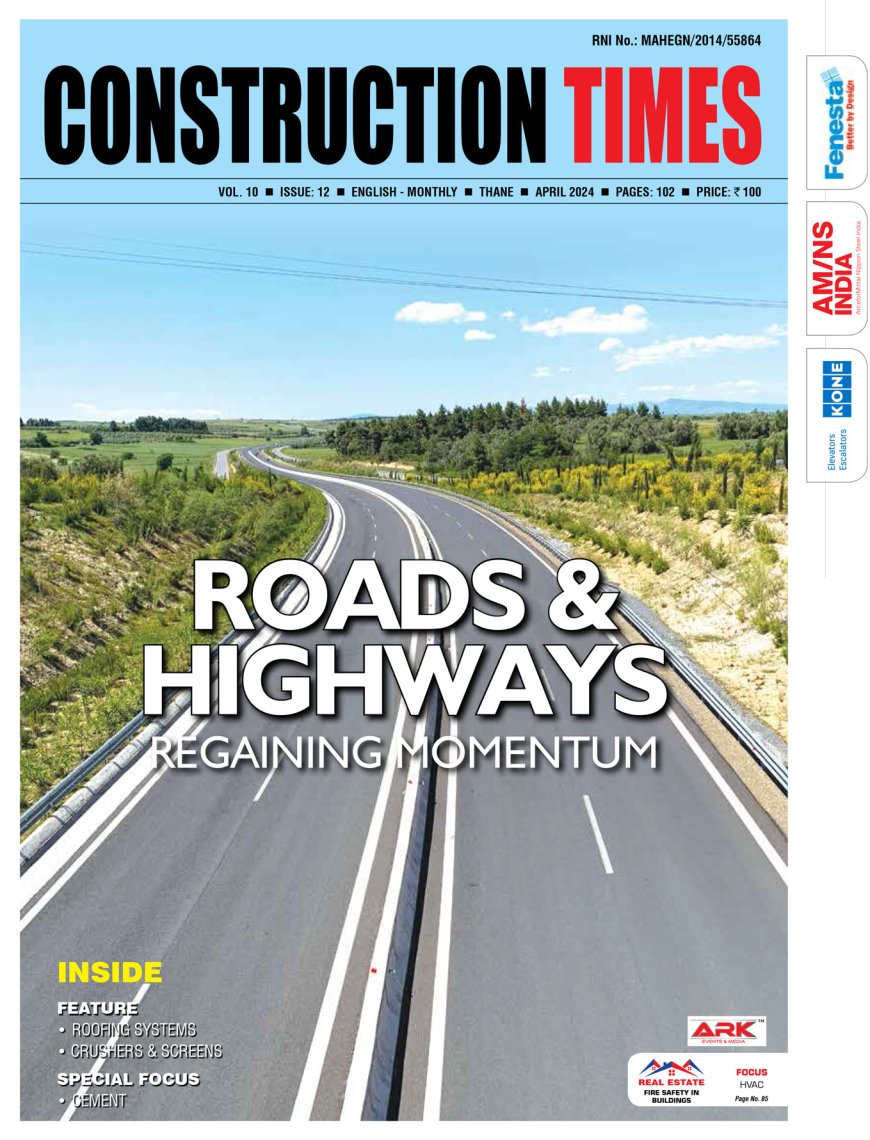Scope of GALVANIZATION in India
According to World Steel Association, India is the 2nd largest steel producer in the world after China with the production capacity of 99.6 million tonnes as of 2020. The steel sector is a major contributor to India's manufacturing output. As per the Ministry of Steel, the sector contributes more than 2 per cent of the

 According to World Steel Association, India is the 2nd largest steel producer in the world after China with the production capacity of 99.6 million tonnes as of 2020. The steel sector is a major contributor to India's manufacturing output. As per the Ministry of Steel, the sector contributes more than 2 per cent of the country and (GDP) and employs around 25 lakh people in steel/allied sectors. To add to this, India's geographic location marked by a long coastal line acts as a key contributor of steel import-export. Evidently, the role of the steel sector in the development of a nation cannot be emphasized enough as it has one of the highest economic linkages to the country's GDP. And it is, therefore, important to safeguard the sector, the steel products it produces from external factors such as corrosive climates, natural calamities, and severe weather that results into rust, corrosion, and structural degradation.
According to World Steel Association, India is the 2nd largest steel producer in the world after China with the production capacity of 99.6 million tonnes as of 2020. The steel sector is a major contributor to India's manufacturing output. As per the Ministry of Steel, the sector contributes more than 2 per cent of the country and (GDP) and employs around 25 lakh people in steel/allied sectors. To add to this, India's geographic location marked by a long coastal line acts as a key contributor of steel import-export. Evidently, the role of the steel sector in the development of a nation cannot be emphasized enough as it has one of the highest economic linkages to the country's GDP. And it is, therefore, important to safeguard the sector, the steel products it produces from external factors such as corrosive climates, natural calamities, and severe weather that results into rust, corrosion, and structural degradation.
Infrastructure failure due to corrosion is a global issue that disrupts infrastructure, transportation systemsthus impacting the overall economy. The global cost of corrosion is a staggering USD 2.5 trillion annually, translating to about 3-4 per cent of the global GDP. India also loses as much as 4-5% of its GDP every year on the account of corrosion. Maintenance repairs are costly, create additional logistical problems and disrupt daily activities for weeks - sometime years - on end. Additionally, India has a coastal line that extends over 8000 kms. Coastal areas - including parts of Maharashtra, Gujarat, Andhra Pradesh, Tamil Nadu, Kerala, West Bengal are prone to corrosion because of humid and salty atmospheres leading to frequent maintenance requirements thereby adding to loss of material and impact on the productivity.
Besides, deferred preventative or corrective corrosion maintenance often leads to accelerated degradation of steel and steel reinforced products and structures. These are staggering figures that require immediate and appropriate measures by authorities to control further damage.
A long-term answer to this far-reaching problem is use of zinc protected steel during the structure's initial construction stages, i.e., Galvanizing. Earlier, corrosion and restoration of corrosion damages was a huge concern given the high costs, wastage of natural resources and many other indirect costs. Thus, the specification of galvanization was introduced and evolved as new emerging market. Galvanization which was once considered only as a means of corrosion protection is now specified for an array of reasons such as longevity, sustainability, lower initial costs, availability, durability, and even aesthetics.
Galvanisation increases the chloride threshold of the reinforcing bar. It ensures that the zinc coating is of a standard quality and is abrasion resistant. The zinc coating on continuous galvanized rebar is a pure zinc coating which is strong and adherent but ductile at the same time. Therefore, there is no risk of cracking of the coating at bending of the rebar.
Galvanized steel has wide-ranging applications in automobile, construction, home appliances, furniture, and other industries. Steel structures with zinc coating are environment friendly, has the lowest life-cycle cost and possess properties that can significantly enhance the life of any structure with minimum maintenance. When a building or any structure reaches the end of its life, its zinc-containing products can be fully recycled, and in some cases directly re-used to extend their functional service e.g., lighting, hardware, etc. More than 95% of the zinc products used in buildings are collected at end-of-life. This collected zinc is recycled without loss of quality. Because metallic bonds are restored upon re-solidification, metals continually recover their original performance properties, even after multiple recycling loops. This allows them to be used again and again, in many cases for the same application.
Is India ready?
Although India has become world's second-largest crude steel producer, it still lags behind major developed economies in the uptake of galvanized steel.
In India, the (BIS) is the national standards body, that has engaged in developing and implementing as Indian Standards. Hence, all steel structures, including roofing and cladding sheets, are required to meet or exceed the zinc coating and paint coating thickness requirements as specified in the latest versions of the (BIS) standards IS 277, IS 14246 (galvanized) and IS 15965 (Galvalume/Zincalume).
However, despite the mandate, India's per capita demand of zinc coated steel in 7 kg. which is far behind the world average of 22 kg. If we compare this data with leading global markets, India stands on the far side in its efforts to reduce corrosion and ensure sustainable development as opposed to Korea, Japan, US and China. A recent evaluation of roofing and cladding sheets supplied by the retailers across India by a Mumbai based consultancy in 2020, determined that the imported products did not meet the standards.
With India being a price sensitive market, the need to reiterate the relevance of Indian Coating Standards becomes even more important. Lack of this awareness leads to manufacturers and retailers taking undue advantage by offering cheap sub-standard coated, rebars and painted roofing sheets.
Road Ahead
In order to increase the domestic steel production, the government has come out with National Steel Policy 2017 on 8th May 2017, to facilitate faster growth and development of steel industry in the country.
To make India a self-reliant producer of steel, the policy has been devised to ensure that we domestically meet the entire demand of steel and high-grade automotive steel, electrical steel, special steel, and alloysfor strategic applications.
In order to achieve this target, it is pertinent that we protect the steel structures by applying right kind of construction technology along with galvanized steel usage will ensure a long life, safety, and security of the public.
For the fastest growing country that is aiming to be a 5 trillion-dollar economy by 2024, India's economic growth is intricately linked to the growth of the steel industry. Need of the hour is to mainstream this technology in the construction and infrastructure space.

Hits: 156







